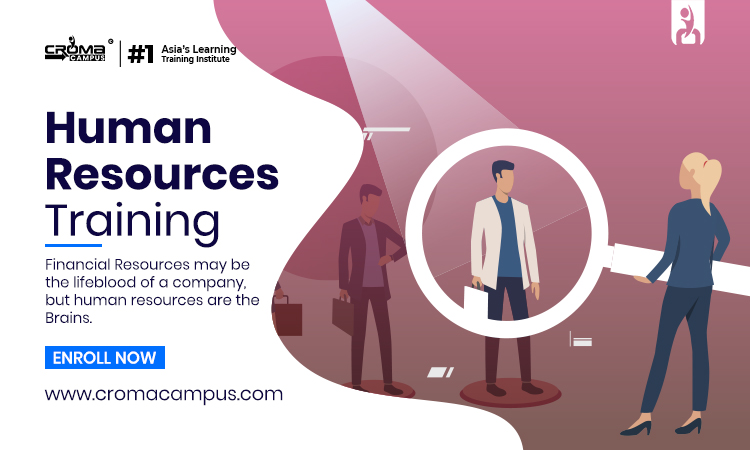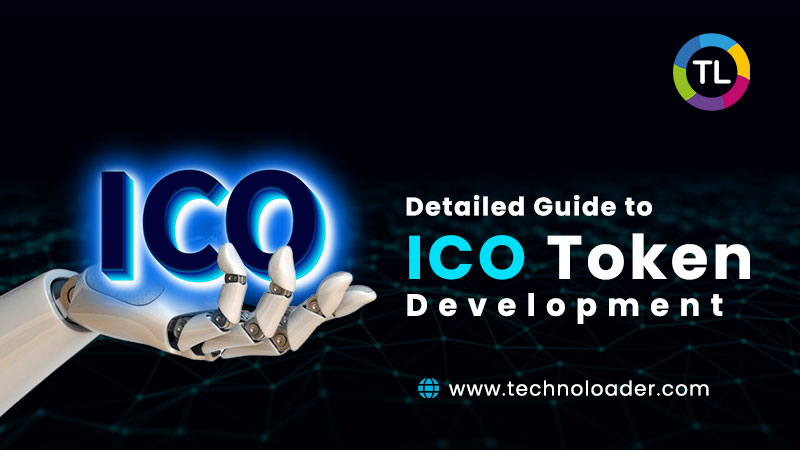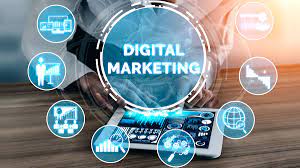-
Table of Contents
Customizing Education for Every Student
Personal Learning Environments (PLEs) refer to the concept of customizing education for every student. PLEs recognize that each learner has unique needs, preferences, and learning styles, and aim to provide a flexible and personalized learning experience. By leveraging technology and various tools, PLEs empower students to take control of their learning journey, allowing them to tailor their educational experience to suit their individual goals and interests. This approach promotes learner autonomy, engagement, and ultimately, better educational outcomes.
The Benefits of Personal Learning Environments in Education
Personal Learning Environments: Customizing Education for Every Student
In today’s rapidly evolving world, education is no longer confined to the traditional classroom setting. With the advent of technology, students now have the opportunity to create their own personalized learning environments, tailored to their individual needs and preferences. These personal learning environments, or PLEs, have revolutionized the way education is delivered and received, offering a multitude of benefits for both students and educators alike.
One of the key advantages of PLEs is the ability to customize the learning experience. In a traditional classroom, students are often taught at a pace that may not suit their individual learning style. However, with PLEs, students have the freedom to learn at their own pace, allowing them to delve deeper into topics that interest them or spend more time on areas where they may be struggling. This personalized approach to learning not only enhances student engagement but also promotes a deeper understanding of the subject matter.
Furthermore, PLEs provide students with a sense of ownership and autonomy over their education. By allowing students to choose the tools, resources, and platforms that best suit their learning style, PLEs empower students to take control of their own learning journey. This sense of ownership fosters a greater sense of responsibility and motivation, as students feel more invested in their education. As a result, students are more likely to be actively engaged in the learning process and take ownership of their own academic success.
Another benefit of PLEs is the flexibility they offer. Traditional classrooms often follow a rigid schedule, with set times for lectures, assignments, and exams. However, PLEs allow students to learn at any time and from anywhere, as long as they have access to the internet. This flexibility is particularly beneficial for students who may have other commitments, such as part-time jobs or family responsibilities. With PLEs, students can fit their education around their busy schedules, ensuring that they can pursue their academic goals without sacrificing other important aspects of their lives.
PLEs also promote collaboration and communication among students. In a traditional classroom, students often work in isolation, with limited opportunities for collaboration. However, with PLEs, students can connect with their peers from around the world, sharing ideas, collaborating on projects, and engaging in meaningful discussions. This collaborative aspect of PLEs not only enhances the learning experience but also prepares students for the collaborative nature of the modern workforce, where teamwork and communication skills are highly valued.
Lastly, PLEs offer a wide range of resources and tools that can cater to diverse learning needs. Whether it’s interactive simulations, online tutorials, or multimedia presentations, PLEs provide students with a wealth of resources to enhance their learning experience. This variety of resources ensures that students can find the tools that best suit their learning style, making education more accessible and inclusive for all students.
In conclusion, personal learning environments have revolutionized education by offering a customized and flexible approach to learning. By allowing students to personalize their learning experience, PLEs promote engagement, ownership, and autonomy. Additionally, PLEs foster collaboration and communication among students, preparing them for the demands of the modern workforce. With a wide range of resources and tools, PLEs cater to diverse learning needs, making education more accessible and inclusive. As technology continues to advance, personal learning environments will undoubtedly play an increasingly important role in shaping the future of education.
How Personal Learning Environments Enhance Student Engagement
Personal Learning Environments: Customizing Education for Every Student
In today’s rapidly evolving educational landscape, the concept of personal learning environments (PLEs) has gained significant attention. PLEs are a way to enhance student engagement by customizing education to meet the unique needs and preferences of each individual learner. By providing students with the tools and resources they need to take ownership of their learning, PLEs empower students to become active participants in their educational journey.
One of the key ways in which PLEs enhance student engagement is by allowing students to have control over their learning environment. Traditional classroom settings often follow a one-size-fits-all approach, where all students are expected to learn at the same pace and in the same way. This can lead to disengagement and frustration among students who may have different learning styles or interests. PLEs, on the other hand, allow students to choose the tools, resources, and methods that work best for them, creating a more personalized and engaging learning experience.
Furthermore, PLEs enable students to connect their learning to real-world contexts and experiences. By integrating technology and online resources into their learning environment, students can access a wealth of information and engage with experts and peers from around the world. This not only enhances their understanding of the subject matter but also fosters a sense of curiosity and excitement about learning. When students see the relevance and applicability of what they are learning, they are more likely to be engaged and motivated to explore further.
Another way in which PLEs enhance student engagement is by promoting collaboration and social learning. In traditional classroom settings, students often work in isolation, with limited opportunities for interaction and collaboration. PLEs, on the other hand, provide students with platforms and tools to connect and collaborate with their peers, both within and outside of the classroom. This allows for the exchange of ideas, perspectives, and feedback, fostering a sense of community and shared learning. When students feel connected to their peers and have the opportunity to learn from and with others, they are more likely to be engaged and motivated to participate actively in their learning.
Moreover, PLEs offer students the flexibility to learn at their own pace and in their own time. Traditional classroom settings often follow a rigid schedule, where students are expected to learn and complete assignments within a set timeframe. This can be challenging for students who may need more time to grasp certain concepts or who may have other commitments outside of school. PLEs, on the other hand, allow students to learn at their own pace, providing them with the freedom and flexibility to explore and delve deeper into topics of interest. This not only enhances student engagement but also promotes a sense of autonomy and self-directed learning.
In conclusion, personal learning environments have the potential to revolutionize education by customizing the learning experience for every student. By allowing students to have control over their learning environment, connecting learning to real-world contexts, promoting collaboration and social learning, and offering flexibility in pace and time, PLEs enhance student engagement and motivation. As educators and policymakers continue to explore innovative approaches to education, PLEs offer a promising solution to meet the diverse needs and preferences of today’s learners.
Implementing Personal Learning Environments: Best Practices and Strategies
Personal Learning Environments: Customizing Education for Every Student
Implementing Personal Learning Environments: Best Practices and Strategies
In today’s rapidly evolving educational landscape, the concept of personal learning environments (PLEs) has gained significant attention. PLEs are a way to customize education for every student, allowing them to take control of their learning journey and tailor it to their individual needs and preferences. This article will explore the best practices and strategies for implementing PLEs effectively.
One of the key aspects of implementing PLEs is providing students with the necessary tools and resources to create their personalized learning environment. This includes access to technology, such as laptops or tablets, as well as software and applications that support individualized learning. By equipping students with these tools, educators empower them to take ownership of their education and explore various learning resources that align with their interests and learning styles.
Another crucial element in implementing PLEs is fostering a culture of collaboration and communication. Educators should encourage students to share their learning experiences, resources, and insights with their peers. This can be done through online platforms, discussion forums, or even in-person group activities. By promoting collaboration, students can learn from one another, exchange ideas, and gain a deeper understanding of the subject matter.
Furthermore, it is essential to provide students with guidance and support as they navigate their personal learning environments. Educators should act as facilitators, helping students set goals, develop learning plans, and monitor their progress. Regular check-ins and feedback sessions can help students stay on track and make adjustments to their learning strategies if needed. This personalized guidance ensures that students are making the most of their PLEs and achieving their educational objectives.
Additionally, integrating real-world experiences into PLEs can greatly enhance the learning process. Educators can encourage students to engage in internships, community service projects, or other hands-on activities that align with their interests and career aspirations. By connecting classroom learning with real-world applications, students can develop practical skills and gain a deeper understanding of how their education relates to their future endeavors.
Flexibility is another crucial aspect of implementing PLEs effectively. Students should have the freedom to choose when, where, and how they learn. This may involve offering a variety of learning options, such as online courses, blended learning models, or independent study opportunities. By accommodating different learning preferences and schedules, educators can ensure that students are engaged and motivated to learn.
Furthermore, it is important to regularly assess the effectiveness of PLEs and make necessary adjustments. Educators should gather feedback from students, parents, and other stakeholders to identify areas for improvement. This feedback can inform changes in curriculum, instructional methods, or the availability of resources. By continuously evaluating and refining PLEs, educators can ensure that they are meeting the diverse needs of every student.
In conclusion, implementing personal learning environments is a powerful way to customize education for every student. By providing the necessary tools, fostering collaboration, offering guidance and support, integrating real-world experiences, promoting flexibility, and regularly assessing effectiveness, educators can create an environment where students can thrive and reach their full potential. PLEs empower students to take control of their learning journey, ensuring that education is tailored to their individual needs and preferences. With the right strategies and best practices in place, PLEs can revolutionize education and unlock the full potential of every student.Personal Learning Environments (PLEs) offer a customized approach to education, tailoring the learning experience to the individual needs and preferences of each student. By allowing students to personalize their learning environment, PLEs empower them to take ownership of their education and engage in a more meaningful way. This customization can include selecting learning resources, tools, and activities that align with their interests and learning styles. PLEs also promote self-directed learning, fostering critical thinking, problem-solving skills, and creativity. Overall, PLEs have the potential to revolutionize education by providing a flexible and personalized learning experience for every student.









